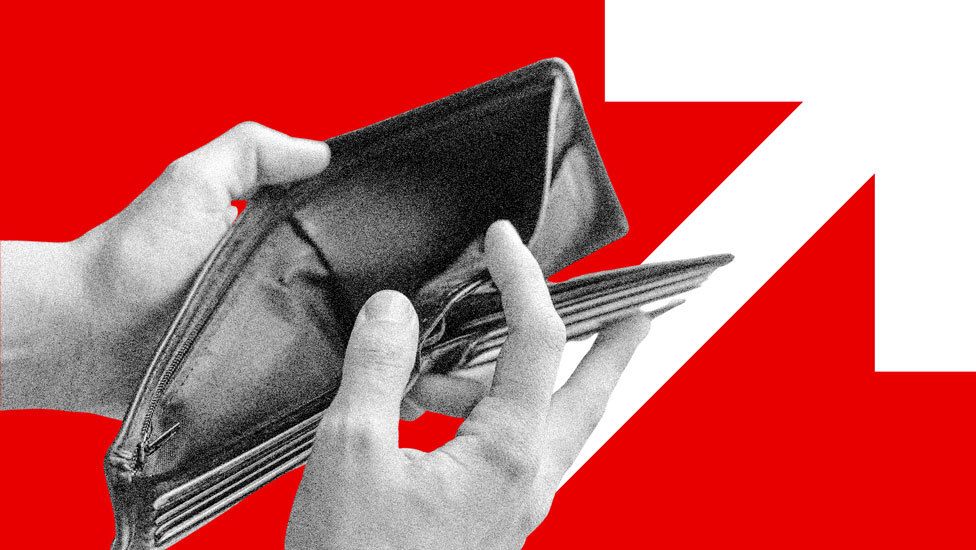Dear Clients and Friends,
When interest rates go up, asset prices go down. This is economics 101: the cost of everything is somehow correlated to the cost of financing the purchase of the asset. Over the last 13 years interest rates have been low and prices have been allowed to ascend in a low gravity environment. Now, interest rates are starting to use their gravitational pull to bring down prices and thereby slow the inflation rate. Inflation coming down is welcomed, but gravity works on all objects, and interest rates work on all assets, and it is this subject that we as investors must be most concerned about.
Today we find ourselves in that exact environment. Inflation is receding because interest rates are higher today than they were 12 months ago and the higher cost of money is curbing the demand for assets. So, what we need to look closely at is the level of debt in the system, and how the assets support those debt levels. Remember, not all debts are the same. The home mortgage should not be viewed in the same way as credit card debt that is used to ‘binge-buy’ Gucci clothing. Home debt is an effective way to purchase an asset that has value as an investment/shelter. Credit card binge spending results in consumption of little residual value to the consumer and should be considered as “bad debt”.
I think most are aware that national debts have ballooned since 2008 and Covid. Corporate debt and consumer debt is currently pretty high based on historical metrics, but the absolute numbers for debt must always be compared to the assets they are secured against. As of the 1st quarter of this year, credit card debt is at an all-time high, and with interest rates this debt is costing the consumer more than ever. But national debts are very difficult to handicap and tend to defy conventional financial logic (see Japan). However, debt within the economy is not as opaque. This is part of the debt discussion where investors need to pay close attention.
So how could this end? One of two ways: 1 – the consumer pulls back this year, causing the spending to slow as the consumer deleverages gradually. Or…2 – the consumer pushes the limits and continues to spend, and sometime next year consumer demand drops precipitously. Either way, the consumer will have to deal with the reality of debt at some point in the next 12 months.
Back to the concept: interest rates are like gravity – as they rise, they pull down the price level by pulling down consumer demand. Just like Newton had great respect for gravity’s importance in physics, so too will the investor have great respect for the cost of money in our economy. The investor crafts their strategy on assumption that interest rates will tug asset prices down. That pull embarrasses the returns one can achieve as an investor. But interest rates also give an investor a very low risk way of generating decent returns through low-risk fixed income investments. So, in a high-rate environment, the investor has to temper their expectations and be a bit circumspect about opportunities that present. On the other hand, interest rates tend to change. As the economy weakens and inflation comes down, the Feds will be more willing to cut interest rates to accommodate economic growth. The investor has to prepare for both of these scenarios, and I stand willing to answer your questions and concerns.
The opinions voiced in this material are for general information only and are not intended to provide specific advice or recommendations for any individual. All performance referenced is historical and is no guarantee of future results. All investing involves risks including loss of principal. No strategy assures success or protects against losses.
The economic forecasts set forth in this material may not develop as predicted and there can be no guarantee that strategies promoted will be successful.

